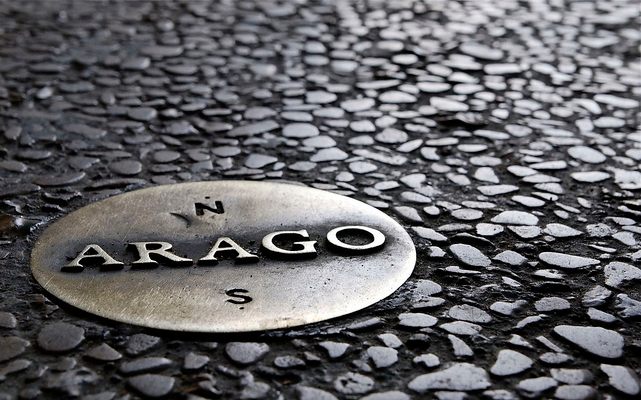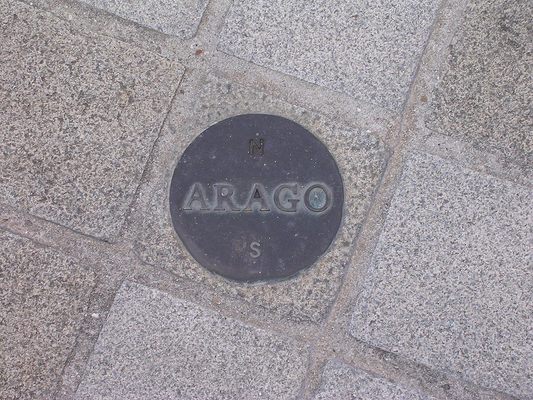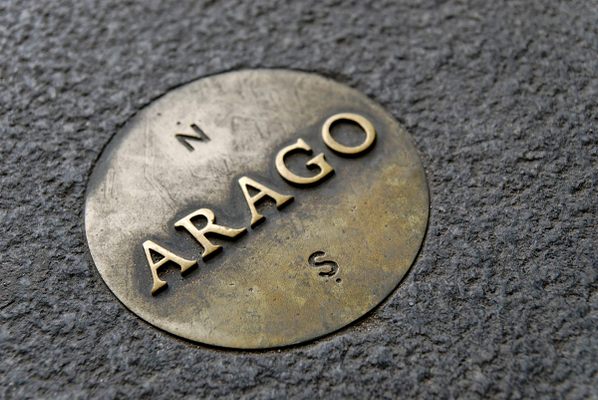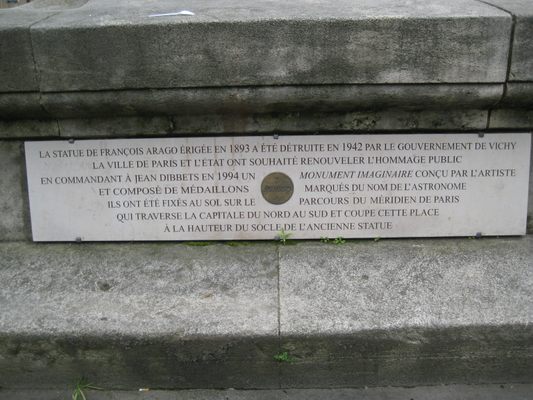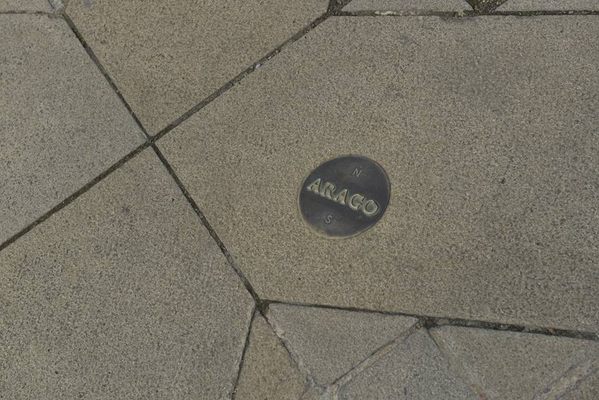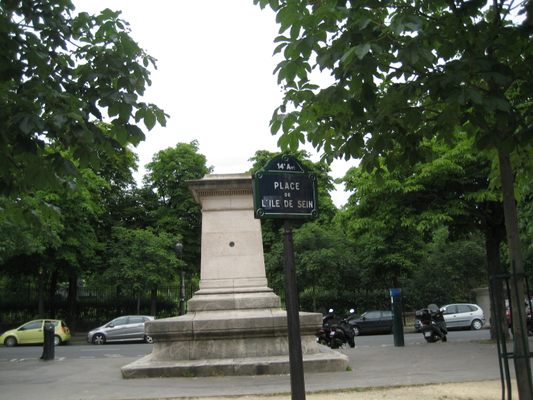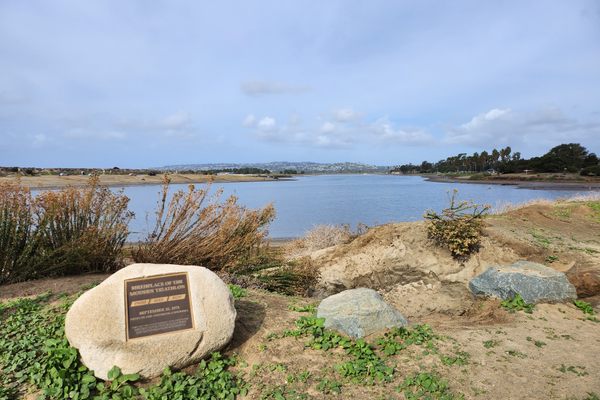About
A series of bronze medallions dot the streets of Paris in a seemingly random pattern to those who do not know their origin, but in fact they follow what was once one of the most important lines in the world.
In the early 19th century, astronomer François Arago, working off of centuries of prior calculations solidified a global meridian line that ran right through Paris. As it had already been for hundreds of years in France, Arago's meridian was widely accepted by many astronomers and researchers as the "Prime" or "Zero" dividing line of the globe. Unfortunately his was not the only meridian in competition to be the one. At the 1884 International Meridian Conference, which was put together specifically to determine which line of longitude would become the one true king of global spacial measurement, it was decided that the meridian line running through Greenwich would become the prime. This unfortunately left Arago and the centuries old Paris meridian out in the cold, to be largely forgotten by time and progress.
However some reminders of the Paris dividing line still remain, the most recent of which being an "invisible" monument to Arago's work. Created by Dutch artist Jan Dibbets, the sprawling monument consists of 135 bronze medallions that have been set into the Paris streets along the path of the Paris meridian from the northern tip of the city to the southern tip. Each 12 centimeter coin bears Arago's name and an N and S to mark the direction they are pointing. The entire trail stretches over five miles.
Despite centuries of development and entire lives of work devoted to establishing the Paris meridian, it often seems that it has been completely forgotten, but thanks to the Arago Medallions, countless travelers each day can remember a time when Paris was the center of the world.
Related Tags
Know Before You Go
The 135 meridian medallions are placed in a straight line from Gentilly in the south to Port du Clignangourt in the north. Maps that plot each individual location are available online. The address listed is for a medallion on the southern terrace of l'Observatoire de Paris, which also has a meridian installation indoors.
Community Contributors
Added By
Published
October 22, 2013
